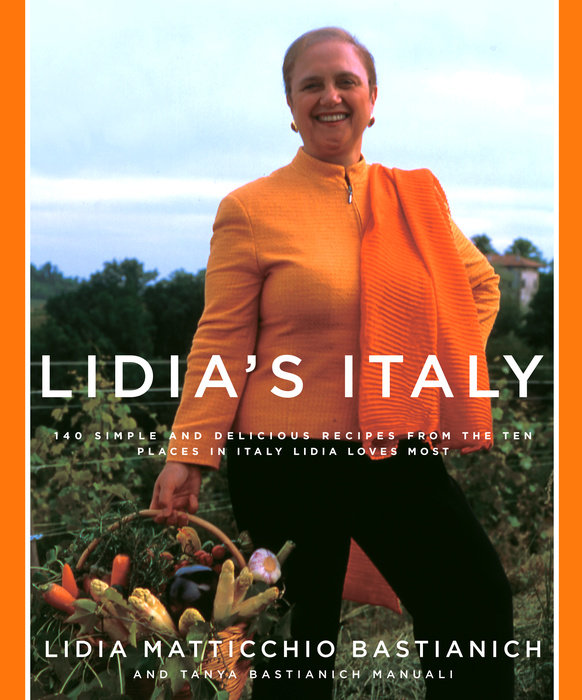2 to 3 cups dense fruit condiment
Notes
You make them and store them and whenever you want that special treat you can just pull them from the fridge or pantry. All you need is a spoonful to enjoy the essence of whatever ingredients you put into them.
Cunja is just such a treasured condiment from Piemonte. Quince is a primary ingredient (as it is in cotognata, another traditional Italian chutney) but cunja incorporates the indigenous flavors of late autumn in Piemonte: the local San Martino pears, the mosto of pressed nebbiolo grapes, and its famed hazelnuts.
Though these particular ingredients will probably not be in your market, my recipe produces a thoroughly delicious and long-lasting chutney with much of the layered complexity of cunja. In place of cotto mosto, the cooking liquid here is bottled Concord grape juice (always made from concentrate); organic juice is highly recommended.
Unfortunately, we can’t get small sweet San Martino pears in the United States. These are the last pears to be harvested in early November, at the same time as the feast of St. Martino, hence their name. Our seckel pears are an excellent alternative and Granny Smith apples will also work well. Packed in jars and refrigerated, this will keep for a couple of months. Cunja is meant to be enjoyed with a creamy Piemontese cheese but I serve it with pork roast and other meats. I am sure you will find many delicious uses for it.
Ingredients
- 8 cups organic Concord grape juice
- 1 lemon, zest removed in ribbons and juiced
- 1 cinnamon stick (about 4-inch piece)
- 4 whole cloves
- 4 dried figs, cut in quarters
- 4 ripe quince (about 1-1/4 pounds), cored and cut into 1-½ inch chunks
- 1 pound firm Seckel pears (preferred) or Granny Smith apples, cored and cut into 1-½ inch chunks
- ¼ cup walnuts, toasted and chopped coarsely
- ½ cup toasted hazelnuts, toasted and chopped coarsely
Directions
All you need is a spoonful to enjoy the essence of whatever ingredients you put into them.
Pour the grape juice into the pan with the ribbons of lemon zest, strained lemon juice, cinnamon stick and cloves. Bring to a steady boil and cook uncovered until reduced by half.
Strain the thickened grape juice (discard the spices and lemon peel) and return to the clean saucepan with the cut fruit. Heat to a gently bubbling boil and cook, partially covered, for 15 minutes or so, to soften the fruit.
Remove the cover and simmer slowly, frequently turning and stirring the fruit chunks, as the juices concentrate and are absorbed. Lower the heat if necessary to avoid burning. Cook, stirring almost constantly at the end, until there’s no liquid in the pan and the cunja is quite dense (40 minutes or more).
Cool completely then fold in the chopped toasted nuts. Pack into jars and refrigerate for a month or two.
Serve at room temperature with cheese (preferably ripened Toma Piemontese).

